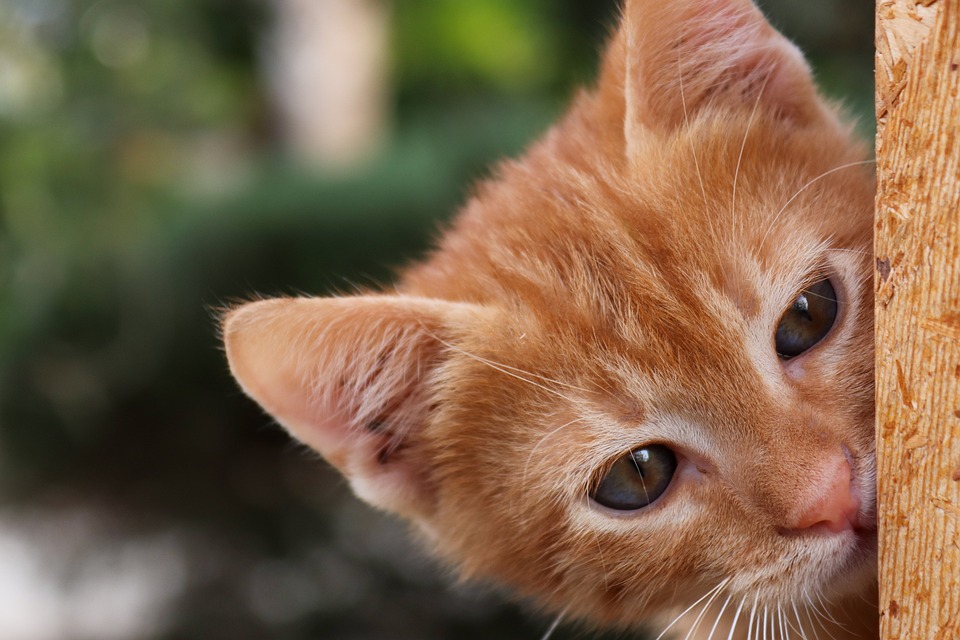Cats are notorious for their fastidious grooming habits, but sometimes even the most diligent feline can develop hair mats. These tangled clumps of fur not only look unsightly but can also be uncomfortable and even painful for your furry friend. Regular grooming is essential to prevent hair mats and maintain your cat’s overall health and well-being. In this article, we will guide you through the steps of grooming your cat effectively and provide answers to frequently asked questions about cat hair mats.
Why Do Cats Develop Hair Mats?
Before diving into grooming techniques, it’s important to understand why cats are prone to hair matting. Several factors contribute to the formation of hair mats:
1. Excessive Shedding: Cats, especially those with long hair, shed regularly. If their loose fur isn’t removed, it can clump together and form mats.
2. Lack of Grooming: Cats that are unable to groom themselves adequately, such as senior cats or those with mobility issues, are more prone to developing mats.
3. Moisture and Dirt: Cats that spend time outdoors or have access to damp areas may attract moisture and dirt into their fur, leading to mat formation.
4. Underlying Health Issues: Certain medical conditions can affect a cat’s coat quality, making it more prone to matting. If you suspect an underlying health problem, consult with your veterinarian.
Grooming Techniques to Prevent Hair Mats
1. Daily Brushing: Regular brushing is crucial to remove loose fur and prevent mats from forming. Use a suitable brush or comb, depending on your cat’s coat length and texture. Brush gently, starting from the head and moving towards the tail.
2. Focus on Problem Areas: Pay extra attention to areas prone to matting, such as behind the ears, the armpits, and the belly. These areas often have thinner fur that tangles easily.
3. Use a Detangler Spray: For stubborn mats, apply a cat-friendly detangler spray. Let it sit for a few minutes to soften the mats before gently combing them out. Avoid tugging forcefully, as it may cause discomfort or skin irritation.
4. Regular Baths: While most cats groom themselves adequately, occasional baths can help remove excess oil, dirt, and loose fur. Use a cat-specific shampoo and ensure thorough rinsing. Afterward, dry your cat with a towel or a low heat setting on a hairdryer.
5. Professional Grooming: If your cat has severe matting or is unable to tolerate grooming at home, consider taking them to a professional groomer. They have the expertise and tools to safely remove mats and give your cat a fresh start.
FAQs (Frequently Asked Questions)
Q1: Can I use human grooming products on my cat?
A1: No, human grooming products, such as shampoos or conditioners, can be harmful to cats. Always use cat-specific grooming products that are formulated for their unique needs.
Q2: How often should I groom my cat?
A2: The frequency of grooming depends on your cat’s coat type. Long-haired cats typically require daily brushing, while short-haired cats may need grooming sessions once or twice a week.
Q3: Are there any specific brushes or combs I should use?
A3: Yes, choose brushes or combs designed for cats. Slicker brushes work well for removing loose fur, and stainless steel combs with wide and narrow teeth are effective in detangling mats.
Q4: My cat hates being groomed. What should I do?
A4: Some cats may be resistant to grooming initially. Start with short sessions, use treats as positive reinforcement, and gradually increase the duration. If your cat continues to be uncooperative, consult a professional groomer or your veterinarian for advice.
By following these grooming techniques and incorporating them into your cat’s routine, you can ensure their coat remains mat-free and healthy. Remember, patience and gentle handling are key to making grooming a positive experience for both you and your feline companion.








